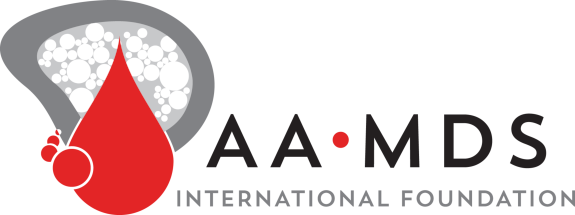Study Connects Agent Orange Exposure to Earlier and More Severe Cases of Myelodysplastic Syndrome
Summary
Many veterans and doctors have long questioned whether Agent Orange (AO) exposure during the Vietnam War contributed to cases of myelodysplastic syndrome (MDS), a type of blood cancer.
The contaminated chemical is linked to several cancers, but a link to MDS was unclear. This created real barriers for exposed veterans with MDS who are seeking care and disability benefits.

